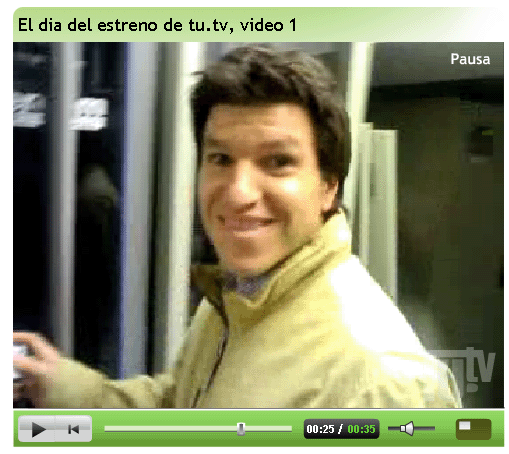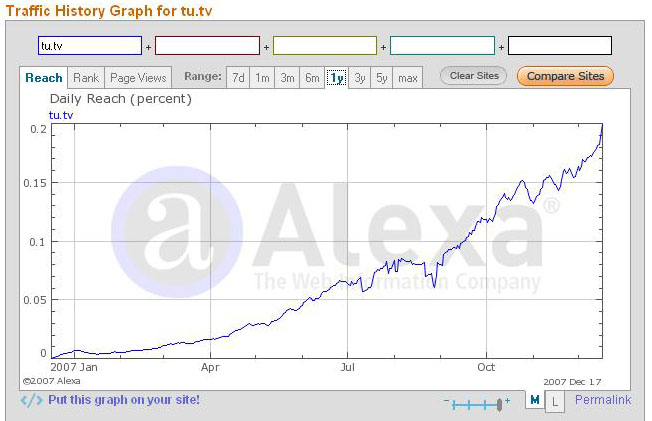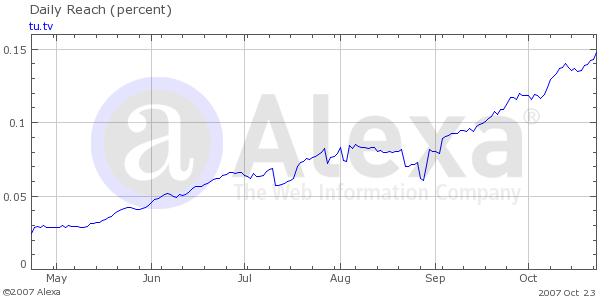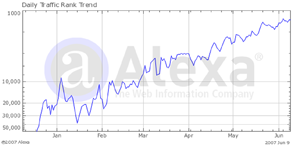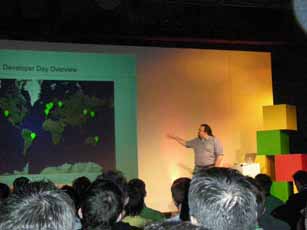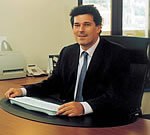“Mr Womack the Pig Farmer” is my top investment philosophy
The man never had a loss on balance in 60 years.
His technique was the ultimate in simplicity. When during a bear market he would read in the papers that the market was down to new lows and the experts were predicting that it was sure to drop another 200 points in the Dow, the farmer would look through a S&P Stock Guide and select around 30 stocks that had fallen in price below $10—solid, profit making, unheard of companies (pecan growers, home furnishings, etc.) and paid dividends. He would come to Houston and buy a $25,000 “package” of them.
And then, one, two, three or four years later, when the stock market was bubbling and the prophets were talking about the Dow hitting 1500, he would come to town and sell his whole package. It was as simple as that.
He equated buying stocks with buying a truckload of pigs. The lower he could buy the pigs, when the pork market was depressed, the more profit he would make when the next seller’s market would come along. He claimed that he would rather buy stocks under such conditions than pigs because pigs did not pay a dividend. You must feed pigs.
He took “a farming” approach to the stock market in general. In rice farming, there is a planting season and a harvesting season, in his stock purchases and sales he strictly observed the seasons.
Mr. Womack never seemed to buy stock at its bottom or sell it at its top. He seemed happy to buy or sell in the bottom or top range of its fluctuations. He had no regard whatsoever for the cliché’—Never send Good Money After Bad—when he was buying. For example, when the bottom fell out of the market of 1970, he added another $25,000 to his previous bargain price positions and made a virtual killing on the whole package.
I suppose that a modern stock market technician (on CNBC) could have found a lot of alphas, betas, contrary opinions and other theories in Mr. Womack’s simple approach to buying and selling stocks. But none I know put the emphasis on “buy price” that he did.
I realize that many things determine if a stock is a wise buy. But I have learned that during a depressed stock market, if you can get a cost position in a stock’s bottom price range it will forgive a multitude of misjudgments later.
During a market rise, you can sell too soon and make a profit, sell at the top and make a very good profit. So, with so many profit probabilities in your favor, the best cost price possible is worth waiting for.
Knowing this is always comforting during a depressed market, when a “chartist” looks at you with alarm after you buy on his latest “sell signal.”
In sum, Mr. Womack didn’t make anything complicated out of the stock market. He taught me that you can’t be buying stocks every day, week or month of the year and make a profit, any more than you could plant rice every day, week or month and make a crop. He changed my investing lifestyle and I have made a profit ever since.
From John Train‘s, The Craft of Investing.
The longer your time view, the easier the practice of contrarian investing
The art of waiting for the large sentiment swings. Waiting on the market does not come naturally to investment professionals
Set your own rules, don’t be influenced by market volatility.



